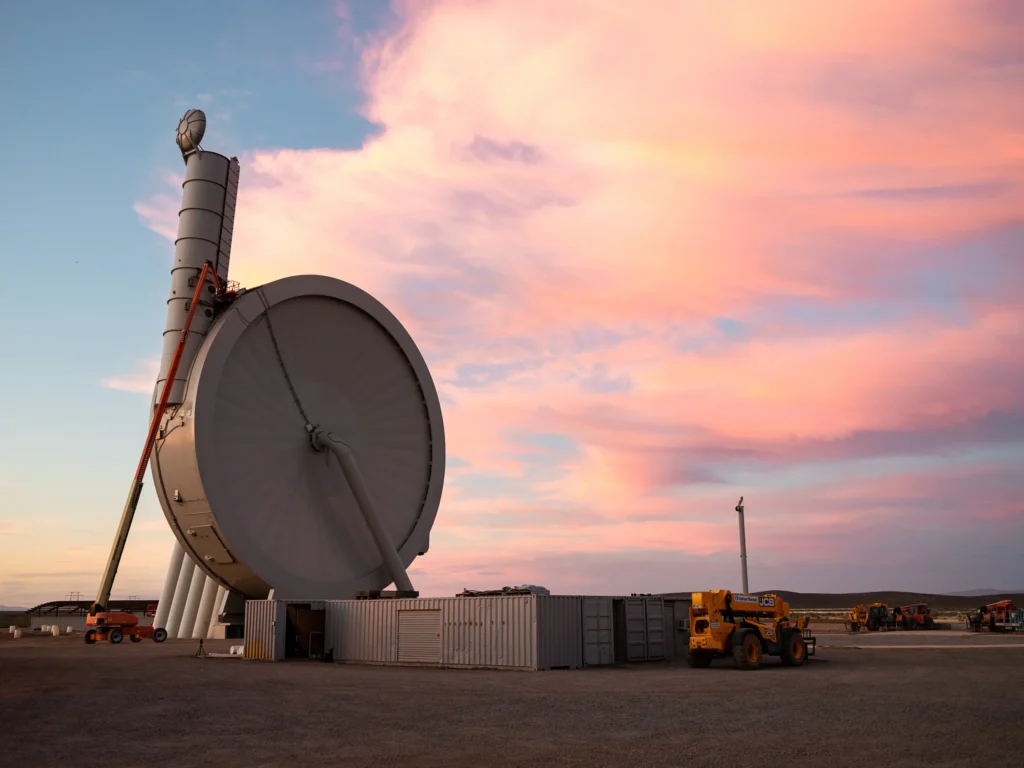Introduction
Oil spills are one of the worst things that can happen to the environment. They damage sea ecosystems, kill animals, and have effects that last for decades. Scientists have been looking for creative materials to help solve this global problem, since regular cleaning methods are usually too expensive and do not work very well. One of the most interesting findings is a 3D-printed sponge made from alginate found in seaweed that can quickly clean up oil spills. This quick and long-lasting fix could completely change how we deal with disasters and pollution in the ocean.
3D-Printed Seaweed Sponge for Oil Spill Cleanup
Engineers at the University of Toronto have made a 3D-printed sponge out of seaweed that might be a good way to clean up oil spills in the water. This new sponge is produced from alginate from brown seaweed and has nanoengineered particles added to it. It is meant to be both hydrophobic (repelling water) and oleophilic (attracting oil). It has been shown in studies that it can soak up to 40 times its own weight in oil. It works better than other synthetic options and is biodegradable and safe for the environment.
Benefits:
Environmentally Safe
This sponge is safe for marine habitats since it is biodegradable and non-toxic. Many synthetic oil spill cleaning solutions are not.
High Oil Absorption
It can soak up to 40 times its own weight in oil, which makes it very useful.
Reusable
You may wring out the sponge and use it again and again.
Scalable and Cost-Effective
The ingredients are easy to get, and the 3D printing procedure can be used for big cleanups, meaning it is both scalable and cheap.
Versatile in Various Conditions
The sponge works well in a lot of different situations, such as calm and turbulent waves and even storms.
Eco-Friendly Alternative
It reduces reliance on dangerous chemicals and is an eco-friendlier option than existing approaches that typically include toxic dispersants.
How Does the 3D-Printed Sponge Work?
This method has very good long-term benefits. Alginate sponges produced in 3D might assist to reduce dependence on chemical dispersants, which occasionally destroy marine life specifically. Being biodegradable, these sponges are a green replacement for synthetic materials used extensively modern-day. These sponges could be added to emergency oil spill response kits everywhere. This would make everyone more ready and lessen the damage to the environment.
In future years, this might help make the seas cleaner, bring back wildlife, and lower the economic loses in fishing and tourists. Still, more research needs to be done to find out how changing oil formulations, difficult weather, or repeated use affect the long-term function and biodegradability of sponges.
What Are the Long-Term Effects?
The ability of the sponge depends mostly on alginate. Drawn from brown seaweed, alginate is a biopolymer made of mannuronic and guluronic acid units. Alginate creates a flexible yet durable gel-like matrix when combined with a crosslinking agent such as calcium chloride. To improve oil absorption capacity, alginate is blended with other materials or polymers in the 3D-printed sponge.
Its chemical composition lets one customise the sponge, thus scientists may change its surface area and porosity to maximise oil absorption. For usage in delicate marine habitats, alginate is perfect because of its benign character and biocompatibility.
How Does Alginate Work in the Sponge?
Alginate plays a central role in the sponge’s functionality. Extracted from brown seaweed, alginate is a biopolymer composed of mannuronic and guluronic acid units. When mixed with a cross-linking agent like calcium chloride, alginate forms a gel-like matrix that is both flexible and durable.
In the 3D-printed sponge, alginate is combined with other materials or polymers to enhance oil absorption capacity. Its chemical structure allows for customization, meaning scientists can tweak the sponge’s porosity and surface area for optimal oil absorption. Its biocompatibility and nontoxic nature make alginate ideal for use in sensitive marine environments.
How Does It Work Underwater?
One of the sponge’s most impressive features is its effectiveness under water, even in turbulent conditions. Thanks to its 3D-printed architecture, the sponge maintains its shape and porosity when submerged. It can float on the water’s surface or be deployed below, depending on where the oil is concentrated.
Underwater, the sponge leverages capillary action and hydrophobic interactions to selectively absorb oil. Unlike many synthetic materials, which lose effectiveness when saturated with water, this seaweed-based sponge continues to repel water while attracting oil, ensuring efficient cleanup even beneath the surface.
More About Alginate Polymer
One flexible substance with applications well beyond oil spill response is alginate. Its gel-forming properties and biocompatibility allow it to be employed in the medical industry for tissue engineering, medication delivery, and wound dressings. It is often used as a thickening or stabiliser in the food sector.
Environmentally, alginate is plentiful, biodegradable, renewable, mostly taken from plants like Laminaria and Ascophyllum. Strong but flexible hydrogels—perfect for building the 3D matrix required in the sponge—are formed by its special ionic bonding with calcium and other divalent ions. One major benefit is also alginate’s sustainability. Low-impact, climate-friendly raw resource seaweed farming offers is free of fertilisers, freshwater, or land.
How to Prevent Oil Spills?
While technologies like the alginate sponge are revolutionary, prevention is always better than cure. Here are several ways to prevent oil spills:
- Stricter Regulations: Governments must enforce strict safety and maintenance standards for oil drilling, shipping, and storage facilities.
- Improved Technology: Real-time sensors and AI-based monitoring systems can detect potential leaks before they become major spills.
- Better Training: Ensuring that workers handling oil transport or drilling operations are properly trained can drastically reduce accidents.
- Regular Maintenance: Ships and rigs must undergo routine inspections to detect wear and tear or corrosion.
- Emergency Response Planning: Rapid-response teams and accessible cleanup tools like the alginate sponge should be part of disaster readiness protocols.
While total prevention may not be feasible, a layered strategy combining technology, policy, and preparedness can greatly reduce the risk.
Conclusion
The 3D-printed sponge made from seaweed is an unusual and long-lasting solution to one of the most difficult environmental problems: oil spills. It stands out in marine protection because it can work underwater, clean up oil in seconds, and break down naturally.
This sponge is a terrific tool, but it is not the only one you need. Three things that will help conserve our waters for a long time are smart legislation, better technology, and a strong commitment to sustainable behaviours. Nature and science working together can really help heal damage and protect marine ecosystems for future generations, just like this seaweed superhero does.
Key Points
- Innovative Oil Spill Cleanup Material: Scientists have developed a 3D-printed sponge made from biocompatible alginate derived from seaweed that can quickly absorb oil from water, providing a biodegradable alternative to traditional methods.
- Advantages of the Seaweed Sponge: This sponge is environmentally safe, highly absorbs oil up to 40 times its weight, reusable, scalable, cost-effective, and effective under a variety of conditions, making it a versatile tool for oil spill response.
- Functionality and Environmental Benefits: The sponge works effectively underwater by leveraging capillary action and hydrophobic interactions, and its biodegradable nature helps reduce chemical reliance and environmental harm.
- Role of Alginate in the Sponge’s Effectiveness: Alginate, a biopolymer extracted from seaweed, forms a flexible, durable gel matrix in the sponge, which can be customized for porosity and surface area to maximize oil absorption while remaining safe for marine environments.
- Complementary Strategies for Ocean Conservation: While technology like the seaweed sponge is crucial, effective prevention through regulation, improved maintenance, and emergency preparedness is also essential to protect marine ecosystems long-term.



